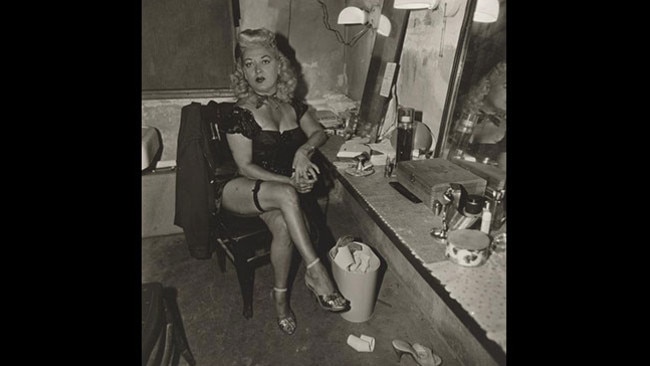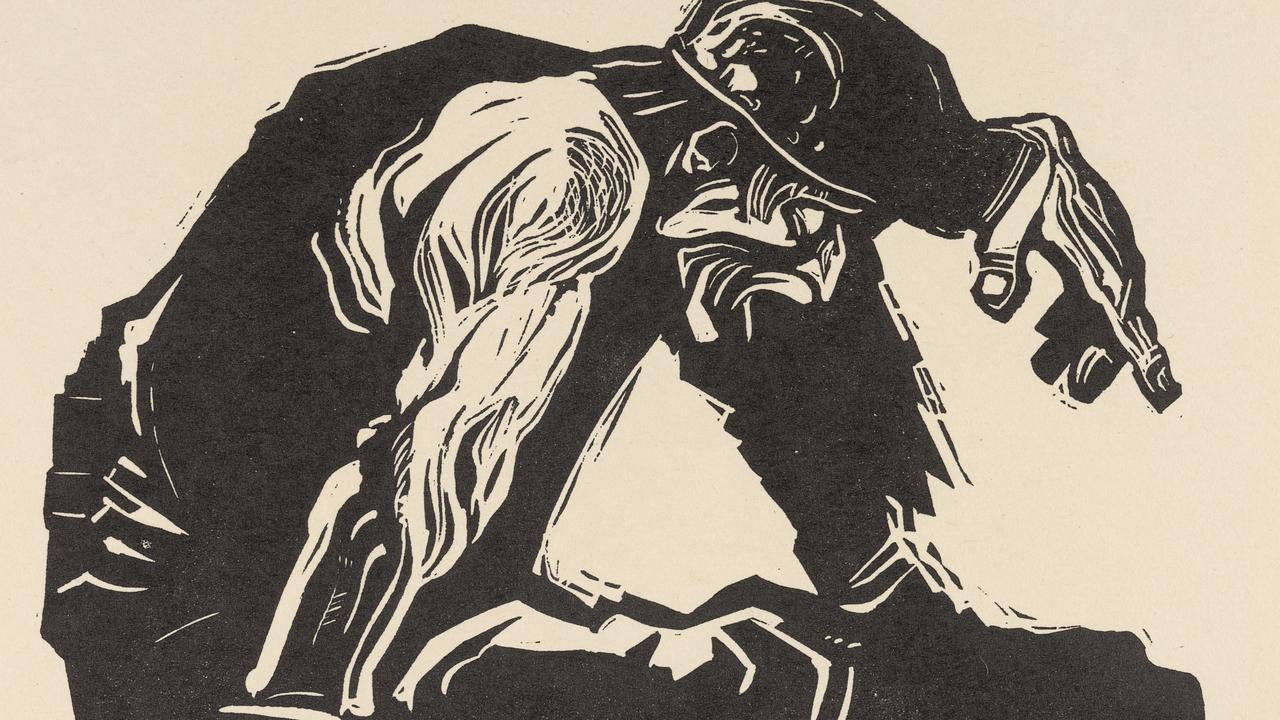Diane Arbus, chronicler of society’s misfits, at National Gallery
Diane Arbus’s photos are among the most celebrated and contentious, and her work still polarises audiences.

When Diane Arbus killed herself in 1971, aged 48, in her New York apartment, she was already known as a provocative photographer of people deemed to be living on the fringes: nudists, transvestites, dwarfs and giants, prostitutes and circus performers.
Now, 45 years on, she is well and truly a cult figure. Her images, such as Identical twins, Roselle, NJ and Child with toy hand grenade, Central Park, NYC, are among the most celebrated in the history of photography, but they are also among the most contentious.
Arbus’s work still polarises audiences and critics who argue over whether it is exploitative and voyeuristic or humanistic and empathetic.
When she exhibited in 1967 at New York’s Museum of Modern Art her photographs were spat on. Critic Susan Sontag wrote in On Photography that Arbus’s work showed people who were “pathetic, pitiable, as well as repulsive, but it does not arouse any compassionate feelings”.
However, a year after Arbus’s death, a large retrospective did a world tour, attracting crowds of more than seven million just in the US and Canada. Also in 1972 she was chosen as the first American photographer at the Venice Biennale, and it was an “overwhelming sensation”, according to The New York Times art critic Hilton Kramer.
Arbus’s approach to her subjects was complex. She once observed: “Freaks was a thing I photographed a lot … and it had a terrific kind of excitement for me. Most people go through life dreading they’ll have a traumatic experience. Freaks were born with their trauma. They’ve already passed their test in life. They’re aristocrats.”
Canberra’s National Gallery of Australia has one of the largest collections of her work outside of New York. It consists of 36 rare vintage prints from 1961 to 1971, some of the first to be acquired from the Arbus estate following her death. For the first time, all 36 prints are on display in Diane Arbus: American Portraits.
When I visit the gallery, I am shown around the exhibition by curator of photography Anne O’Hehir. We stop in front of Burlesque comedienne in her dressing room, Atlantic City, NJ and O’Hehir says this image really sums up what Arbus was interested in.
“She gets interested in people who are on the outside of society and an image like this, when it was shown in 1967 at MoMA, people just couldn’t cope,” she says.
“Arbus has photographed the burlesque performer in her dressing room, which is slightly shambolic and perhaps a little sordid. Yet this woman will go out and perform live for people out on stage and it will be like magic. There is this incredible engagement in the eyes. Arbus had this ability to connect with people, which is legendary. There is poignancy, that incredible tenderness.”
O’Hehir says Arbus is her favourite photographer. “I think people get it wrong about Arbus,” she says. “She is not condemning these people, she is not saying ‘come in and laugh at these people’. She is saying, ‘This is who we are, this is our humanity, this is our difficulty about being on this planet.’ For me that is why they speak so powerfully.”
Diane Arbus, Burlesque comedienne in her dressing room, Atlantic City, NJ (1963). Collection National Gallery of Australia. On display in Diane Arbus: American Portraits, NGA, Canberra, until October 30.


